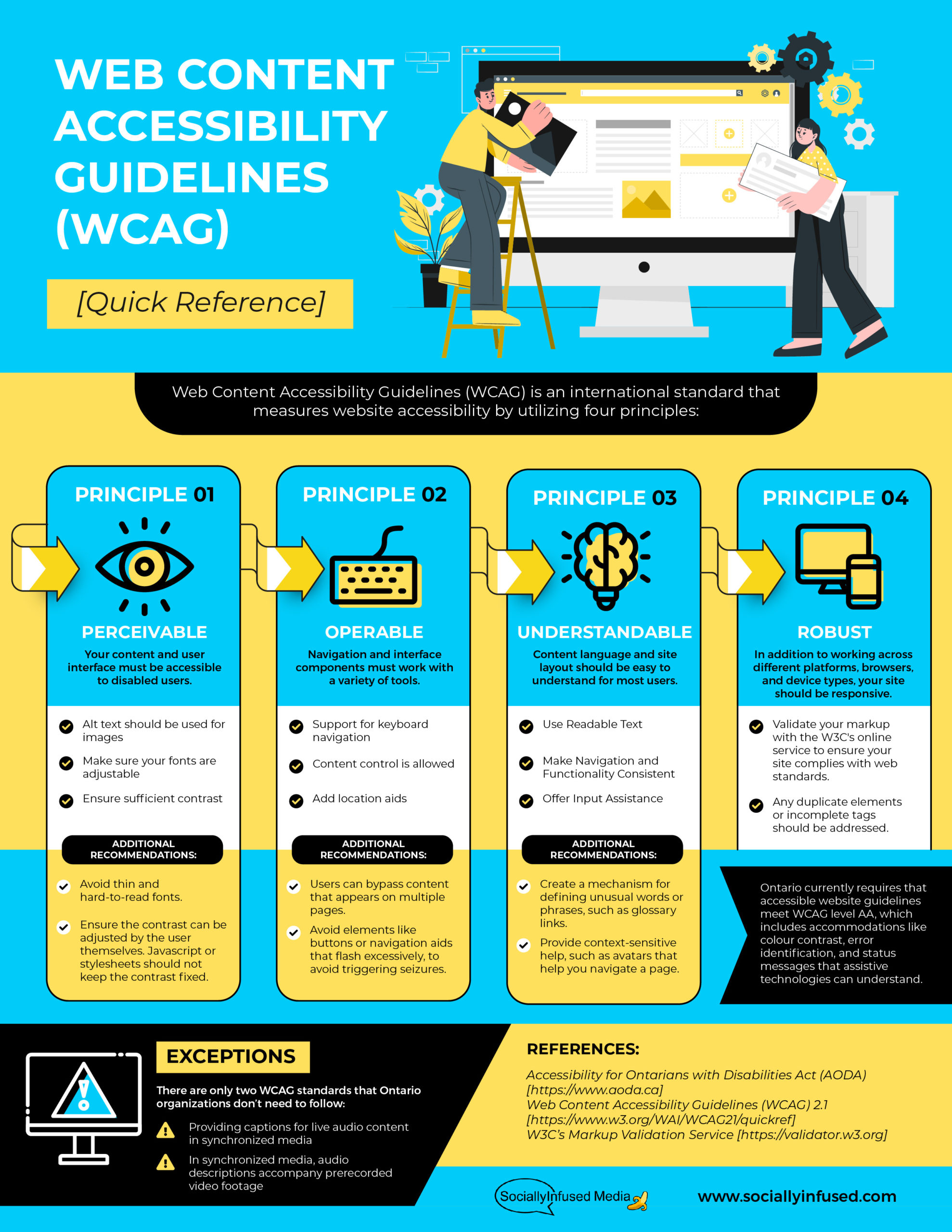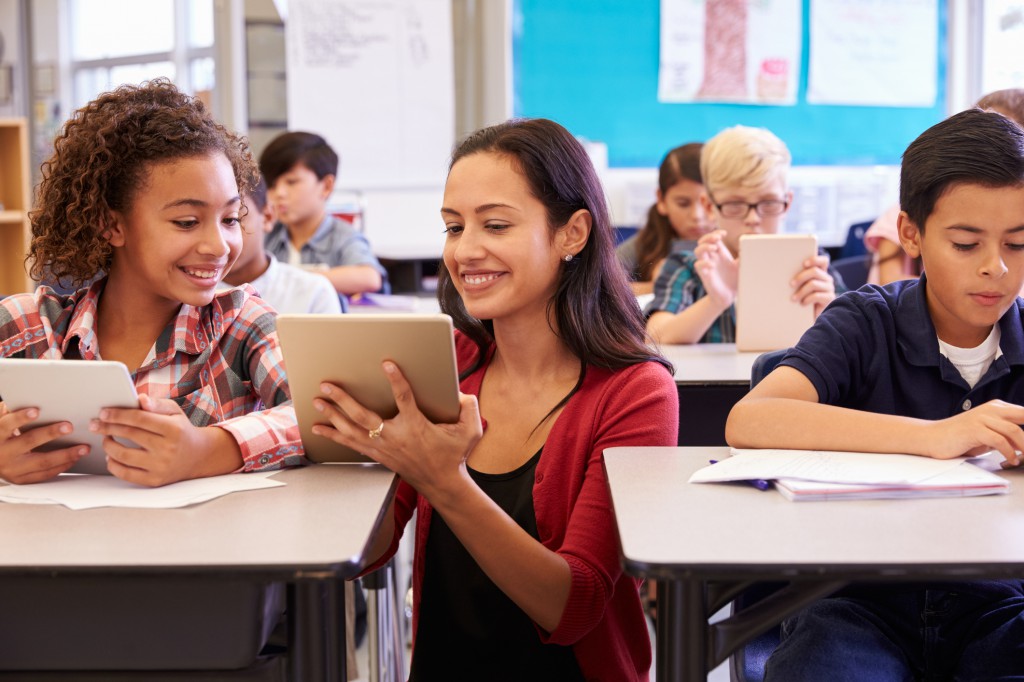Context Collapse: When Social Contexts Converge Online


@jorgebscomm for @empowervmedia*
In a world marked by diverse learners and learning styles, inclusive education has become more than just a desired aim; it's an essential pillar of effective pedagogy. Creating equitable learning opportunities for all students, regardless of their backgrounds, abilities, or learning styles, necessitates catering to these diversities. This article explores the transformative potential of visual methods in achieving this goal. How can educators leverage visual methods to create inclusive learning environments that cater to diverse learning styles and needs?
 |
| Inclusivity nature of visual learning 📷: University of Melbourne |
Frameworks like Universal Design for Learning (UDL) emphasize accessibility, engagement, and representation as key principles for catering to diverse learners. Research by Glass et al. (2013) highlights the importance of providing multiple means of representation, action and expression, and engagement to ensure inclusion.
 |
| 📷: CAT FooD (for thought) |
Studies by Mayer (2005) and Rose and Meyer (2002) demonstrate the unequivocal impact of visuals on cognitive processing and comprehension. Visuals promote engagement and knowledge retention, particularly for visual learners and those with processing difficulties (Narmata & Balasubramaniam, 2023).
The International Disability Alliance (2021) suggests that visual methods like infographics and mind maps can bridge cognitive gaps and empower diverse learners. Adeniyi and Joseph (2024) emphasize the potential of visuals to transcend linguistic barriers, promoting inclusivity in multicultural classrooms. However, research gaps exist in exploring the specific applications and best practices for visual methods in diverse educational settings.
 |
| Visual methods in education can empower diverse learners 📷: hndenglish |
Infographics can break down complex information into visually appealing chunks, aiding comprehension for struggling readers and visual learners (Jamal & Mustaffa, 2023). Interactive videos and simulations can engage kinaesthetic learners and provide multiple perspectives, fostering inclusive understanding (Mayer, 2020). 3D models and manipulatives offer tactile learning experiences, benefiting students with learning disabilities and diverse cognitive styles.
Visuals can be adapted through colour-coding, annotations, and alternative text descriptions to cater to visual impairments and cognitive differences. Closed captions and audio descriptions can make videos accessible to deaf and hard-of-hearing students. The use of diverse images and cultural references can promote inclusivity and challenge stereotypes.
 |
| Website Accessibility Guidelines 📷: SociallyInfused Media |
• A science teacher utilizing interactive simulations to explain complex scientific concepts. This allows students with different learning styles to explore the phenomenon at their own pace and from various perspectives, leading to improved understanding and engagement for all.
• A history teacher incorporating an infographic timeline into her lesson on colonization. This visually represents the key events and diverse perspectives, promoting inclusivity and fostering critical thinking skills in students with different learning styles.
Research by Narmata and Balasubramaniam (2023) demonstrates that utilizing visual methods improves student engagement, knowledge retention, and overall academic performance. Additionally, visuals can foster empathy and cultural understanding in diverse classrooms (Adeniyi & Joseph, 2024).
 |
| Visual learning improves engagement, knowledge retention, and academic performance 📷: cambridgenetwork |
Cost, access to technology, and teacher training can pose challenges in implementing visuals effectively. Addressing accessibility concerns and ensuring visuals are culturally inclusive are crucial considerations.
• Conduct a needs assessment to understand the diverse learning styles and needs of your students.
• Select visuals that align with learning objectives and cater to multiple modes of representation.
• Ensure accessibility by incorporating alternative text descriptions, closed captions, and diverse representations.
• Train yourself in employing visuals effectively and encourage student collaboration in creating visuals.
 |
| Understand diverse learning styles and needs 📷: seekteachers |
Visual methods offer a powerful and versatile tool for educators to create inclusive learning environments that cater to diverse needs and learning styles. By harnessing the potential of visuals, we can unlock a future where every student feels empowered, engaged, and supported in their learning journey. Educators are encouraged to explore and adopt visual methods, becoming agents of transformation in the landscape of inclusive education.
*AI assisted
Comments